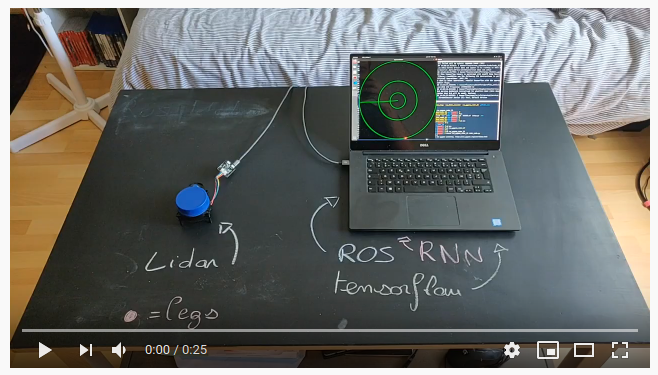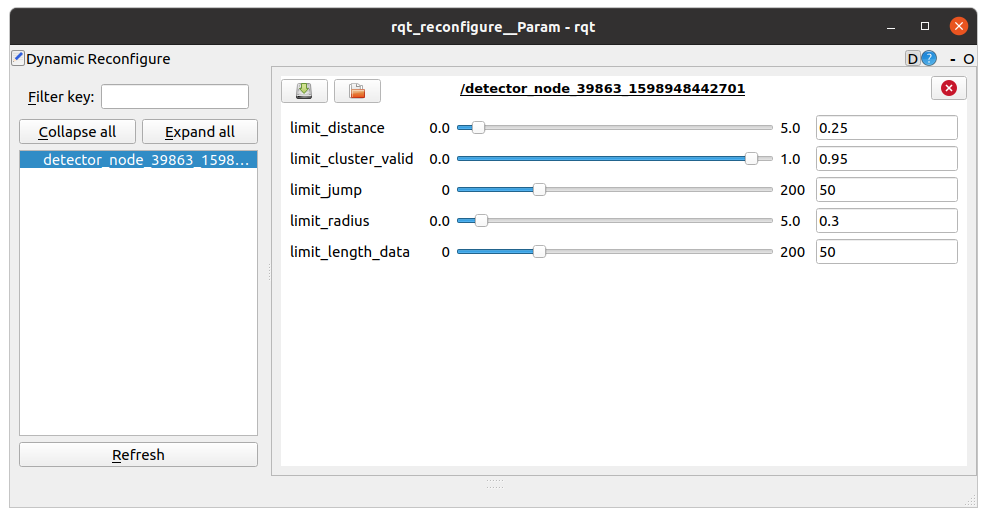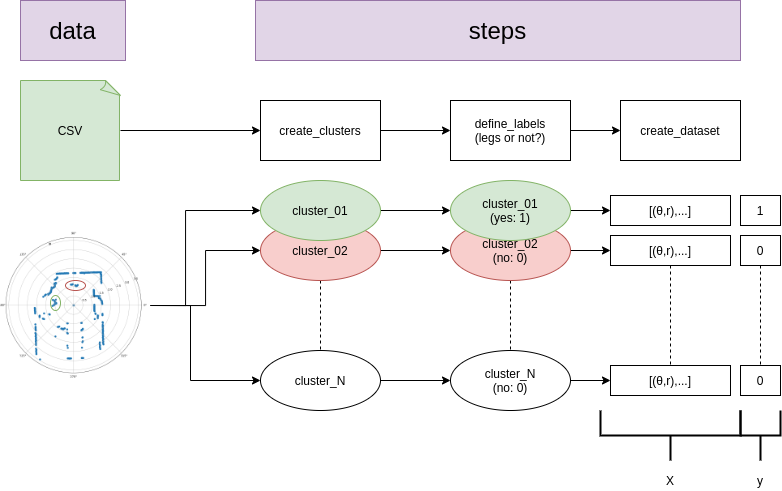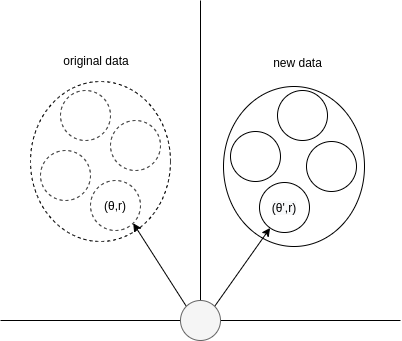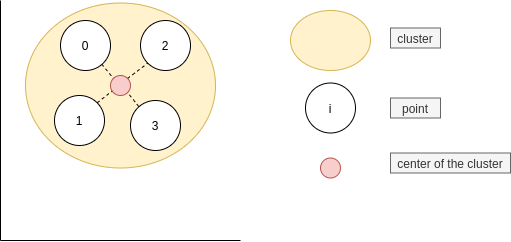Extract legs positions from lidar data, like this:
https://www.youtube.com/watch?v=KcfxU6_UrOo
run preprocessing script:
$ python3 src/preprocessing.py
once run data are stored in ./data/train/
run training script:
$ python3 src/training.py
# clone 'ros_pygame_radar_2D' to your workspace
$ git clone https://github.com/PouceHeure/ros_pygame_radar_2D
# compile package
$ catkin build ros_pygame_radar_2D
# git 'ros_detection_legs' (this pkg) to your workspace
$ git clone https://github.com/PouceHeure/ros_detection_legs
# inside your ros workingspace
$ catkin build ros_detection_legs
- run detector_node
$ rosrun ros_detection_legs detector_node.py
$ rosrun ros_pygame_radar_2D radar_node.py
- update parameters, some parameters about model are dynamically reconfigurable. By default dynamic_reconfigure loads settings save in parameters.json, don't forget to recompile the project if you change parameters.json (because the dynamic_reconfigure generates a .h file from the cfg file) !
- compile cfg and generate new configuration file:
# update parameters.json
$ catkin build
- update parameters dynamically:
$ rosrun rqt_reconfigure rqt_reconfigure
- package: ros_lidar_recorder https://github.com/PouceHeure/ros_lidar_recorder
- data labeling tool: lidar_tool_label https://github.com/PouceHeure/lidar_tool_label
- dataset: https://github.com/PouceHeure/dataset_lidar2D_legs
This schema defines princpals steps:
We can create clusters with a segmentation method, by this way data will gathering if there are closed.
Before segmentation, we have to found a way how to compute a distance between 2 polar points.
-
First approach, convert all polar points to cartesien and apply a classic norm, but the complexity of this method is too high.
-
Second approach, find a general expression from polar point to cartesian distance.
A second distance is computed:
Once expressions are defined, we have to define hyper-parameters:
- limit_distance
- limit_radius
After segmentation, we have to attach a label to each cluster. For this one, we define limit_cluster_valid.
We can increase positive data by applying a rotation on these data.
All positive clusters are selected, on each cluster the same tranformation is applied on each point.
The transformation is done by this expression:
So at after transformation, if we have N transformations
model used: RNN with LSTM cells.
more information about LSTM: https://www.tensorflow.org/api_docs/python/tf/keras/layers/LSTM
settings: model/train/parameters.json
learning curves:
A ros node, detector_node subscribes to /scan topic. Once data are pusblished to this topic, the node uses the training model to predict legs positions. Legs positions are published to /radar topic.
Like the training, data need to be tranformed. So before prediction, clusters are created directly in the subscriber callback function.
Define the center point of positive clusters:
Coordinate of the center of the cluster j are:






